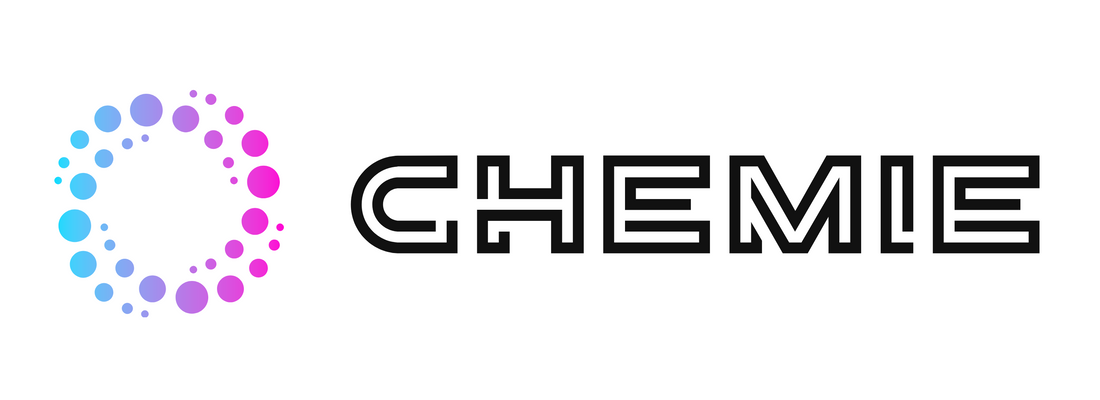Chemie Things To Know Before You Get This
Chemie Things To Know Before You Get This
Blog Article
Excitement About Chemie
Table of ContentsThe Buzz on ChemieThings about ChemieWhat Does Chemie Do?Examine This Report about ChemieHow Chemie can Save You Time, Stress, and Money.Some Ideas on Chemie You Need To Know
(https://chemie-13.jimdosite.com/)Measured adjustment in electric conductivity of fluid samples as a feature of time when mixed with the resin sample in the shut indirect cooling loop experiment. Number 6 shows the change in the gauged electric conductivity of the fluid examples when stirred with the resin example. The conductivity of the water sample from the shut loop experiment decreased by approximately 70% from 11.77 S/cm to 3.32 S/cm in 6 hours.These outcomes indicated that the ability of the material depends on the test liquid utilized for the experiment. This shows that various ions present in the liquid will cause various ion exchange capacity of the liquid. Computing the ion exchange resin capability with the fluid sample from the actual cooling loophole is crucial.
The Only Guide for Chemie
An ion exchange resin cartridge including 20g of Dowex combined bed material may take on order 938 days to saturate - fluorinert. Simply put, to preserve a low electric conductivity, a material cartridge with the measurement and weight specification as that of the resin cartridge utilized in the experiment, require to be transformed every 30 months for the air conditioning system that was used in the experiment
The air conditioning of digital parts has ended up being a major difficulty in current times due to the developments in the design of faster and smaller components. The use of a liquid coolant has ended up being eye-catching due to the higher warm transfer coefficient attained as contrasted to air-cooling.
Some Ideas on Chemie You Need To Know
A single stage cooling loop includes a pump, a warm exchanger (chilly plate/mini- or micro-channels), and a heat sink (radiator with a follower or a liquid-to-liquid warmth exchanger with chilled water cooling). The warmth resource in the electronic devices system is connected to the heat exchanger. Fluid coolants are likewise used in two-phase systems, such as warm pipes, thermo-siphons, sub-cooled boiling, spray air conditioning, and direct immersion systems [2, 4]
The requirements may differ depending upon the type of application. Adhering to is a listing of some basic demands: Good thermo-physical residential properties (high thermal conductivity and particular warm; low thickness; high latent warmth of evaporation for two-phase application) Reduced cold point and ruptured point (occasionally ruptured protection at -40 C or reduced is needed for delivery and/or storage space purposes) High atmospheric boiling factor (or low vapor pressure at the operating temperature level) for solitary phase system; a narrow preferred boiling point for a two-phase system Good chemical and thermal security for the life of the electronic devices system High flash point and auto-ignition temperature (often non-combustibility is a need) Non-corrosive to products of construction (metals in addition to polymers and various other non-metals) No or marginal governing restraints (environmentally friendly, nontoxic, and potentially naturally degradable) Cost-effective The very best electronic devices coolant is a low-cost and safe fluid with superb thermo-physical residential properties and a lengthy solution life.
Some Known Details About Chemie
The majority of these fluids have a non-discernible smell and are safe in instance of call with skin or consumption. As pointed out previously, aliphatic PAO-based liquids have actually changed the silicate-ester liquids in a selection of military electronic devices (and avionics) cooling down applications in the last decade. An additional course of prominent coolant chemistry is dimethyl- and methyl phenyl-poly (siloxane) or generally called silicone oil.
Of all, these liquids are non-combustible and non-toxic. Some fluorinated substances have zero ozone diminishing potential and other ecological residential properties.
Ethylene glycol is colorless and almost odor free and is entirely miscible with water. When properly prevented, it has a relatively low corrosivity. Nonetheless, this coolant is classified as toxic and need to be dealt with and thrown away with care. The high quality of water made use of for the preparation of a glycol option is really important for the system.
Our Chemie Diaries

This is a low price antifreeze service, locating use in refrigeration solutions and ground source warmth pumps - meg glycol. This fluid can be used down to -40 C owing to its fairly high rate of warmth transfer in this temperature variety.
It is thought about even more damaging than ethylene glycol and subsequently has discovered usage just for process applications situated outdoors. Methanol is a flammable fluid and, as such, presents a potential fire hazard where it is saved, managed, or utilized. This is an aqueous solution of denatured grain alcohol. Its major benefit is that it is non-toxic.
Chemie Can Be Fun For Everyone
As a flammable liquid, it calls for specific safety measures for dealing with and storage space. Aqueous remedies of calcium chloride discover wide usage as circulating coolants in food plants. It is non-flammable, safe and thermally much more efficient than the glycol options. A 29% (by wt.) calcium chloride remedy has a freezing point listed below -40 C.

Report this page